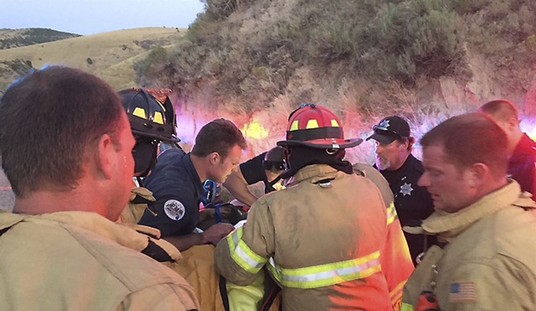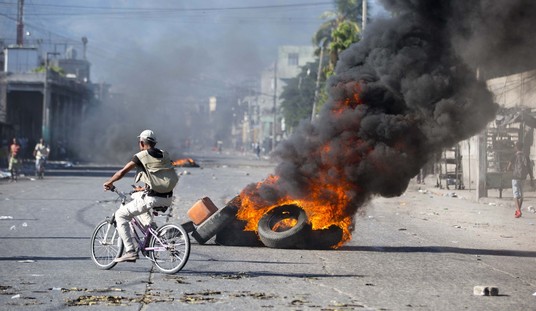We’re very glad to have Karen back with us after surviving the Texas snowpocalypse. She’s been through a harrowing experience but is sharing some information about the collapse of the Texas energy grid from a first-hand perspective. Karen brought up some of the ongoing debates over how the Texas energy grid managed to undergo such a spectacular collapse just when residents needed it most. There was one bright spot through all of the energy grid drama, however. While it didn’t seem to draw much attention (or credit) from the media, Texas’ nuclear power generators all managed to say online and keep cranking out the juice with the exception of one reactor, and that one didn’t sustain any significant damage. (Washington Examiner)
One of two reactors shut down at the South Texas Nuclear Power Station an hour southwest of Houston, knocking out about half of its 2,700 megawatts of generating capacity.
The plant, which is one of the newer ones in the country, normally provides power to more than 2 million Texas homes.
The second reactor at the plant, which is operating as normal, is currently providing more than 1,300 megawatts of electricity.
Texas has another two-unit nuclear facility southwest of Dallas, called the Comanche Peak nuclear power plant, that is fully up and running.
Texas has a total of four nuclear reactors at two power stations and three of them remained online throughout the disaster. In other words, 75% of the Lone Star State’s nuclear power facilities remained up and running while much of the rest of the grid teetered on the brink of disaster. That’s not too shabby, all things considered.
So how did they lose the one reactor? Much like the rest of the failures, it was another case of a lack of winterization. The Nuclear Regulatory Commission said that a feedwater pump supplying cooling water to the reactor went offline, most likely due to yet another frozen pipe. That tripped an automatic shutdown of the reactor as a safety precaution. There was no damage to the plant and at no time was it in danger of a meltdown or other serious condition.
Congressman Joaquin Castro (D) was quick to point out that the state’s nuclear plants were quickly hitting their target energy output levels.
To folks blaming #renewables for Texas #RollingBlackouts the opposite is true. #Solar over performed ERCOT model today by ~1GW & #wind was w/in 1GW of target. #Nuclear = 100%. ~30GW of mostly gas/coal plants went offline. (1/2) #TXLege #WinterStorm2021 #FrozenTexas #natgas pic.twitter.com/1QqKPAtDgF
— Rafael Anchía (@RafaelAnchia) February 16, 2021
This portion of the Snowpocalypse should provide a valuable lesson on two fronts. First of all, this is the second time in ten years that this has happened, as Karen pointed out in the article I linked at the top. ERCOT knew they had a problem but didn’t take any corrective action. Somebody is going to need to pony up the money to winterize some if not all of these systems before this happens again.
The other lesson learned here should be that nuclear power is reliable. On top of that, it’s clean. If the Democrats in Congress are all so concerned about global warming and carbon levels, why did they drop nuclear power from their “green energy bill” when it had been included as recently as December? Now they are only offering subsidies for wind and solar. Nuclear power doesn’t produce any greenhouse gasses at all. And as we saw this week, it works when the sun isn’t shining and the wind isn’t blowing.
Honestly, the federal government shouldn’t be subsidizing any energy production unless it’s brand new and experimental. That’s just another case of picking winners and losers. But if you’re going to be propping up the energy industry to help combat climate change and you leave nuclear out of your calculations, I have to question your priorities.








Join the conversation as a VIP Member